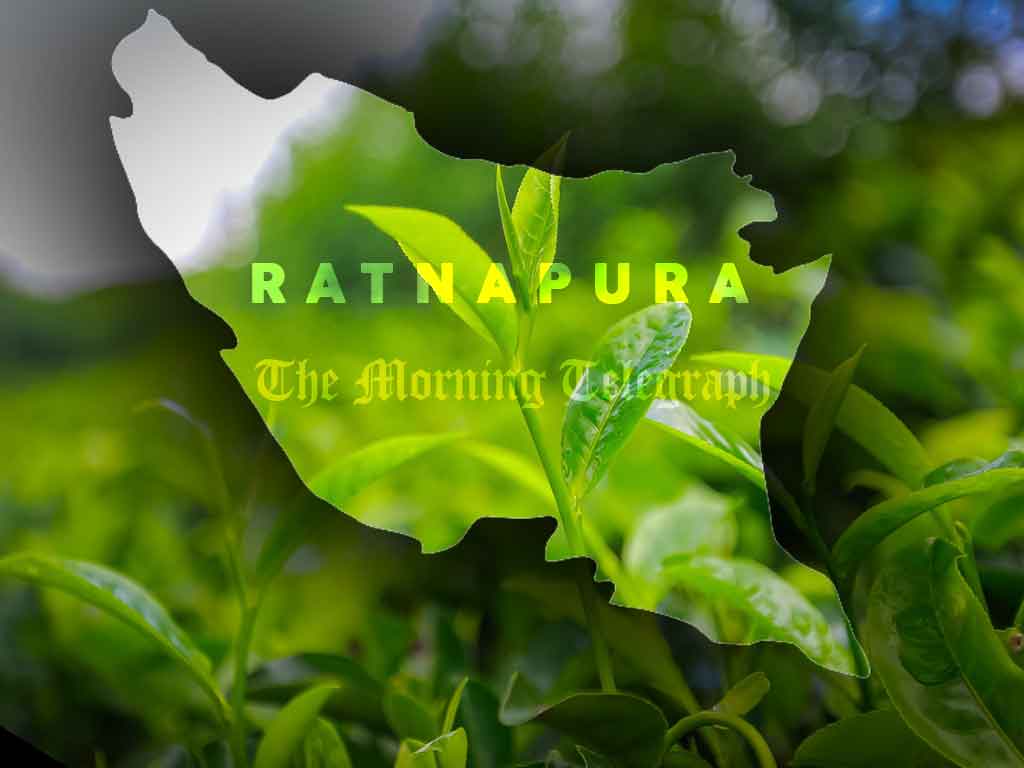
Small and medium-scale tea plantation owners in Sri Lanka’s Ratnapura district are facing severe financial challenges due to the sharp drop in the price of raw tea leaves, as reported by the Ratnapura District Small Tea Planters Preservation Organization.
According to small tea growers, the price for a kilogram of green tea leaves was around 190-200 rupees in October, but it has since dropped to 170-175 rupees. This price decline is hitting small tea estate owners particularly hard, as the current rates fail to cover the rising production costs.
At the height of the dollar’s value, the price of high-quality green tea leaves was between 300-360 rupees per kilogram. However, with the recent devaluation of the dollar, tea prices have plummeted to around 170 rupees per kilogram, compounding financial strain on tea growers.
L. Camillus, the convenor of the Ratnapura District Small Tea Estate Owners Protection Organization, highlights that labor and accommodation costs for workers have remained steady, despite the drop in tea prices. The inability to reduce salaries makes it increasingly difficult for estate owners to manage operational expenses.
Although the price of a bundle of tea fertilizer has dropped by 1,000 rupees, plantation organizations argue that the reduction is still insufficient in the current market climate. Tea growers are calling on the government to reduce fertilizer costs further and provide financial support to the industry.
The tea sector, which has already endured significant setbacks in the past three years due to a temporary ban on chemical fertilizers, is struggling with reduced yields and quality issues. After the reintroduction of chemical fertilizers, growers were confronted with steep prices, making it difficult for them to apply fertilizers in quantities required to sustain production.
The current dollar value decline has not translated into better conditions for tea plantation owners, who now urge the government to consider a price floor of at least 200 rupees per kilogram for raw tea leaves, alongside reduced costs for fertilizers and herbicides.
Small tea growers insist that without timely government intervention to stabilize prices and reduce input costs, the tea sector’s viability—and their livelihoods—remain at risk.




